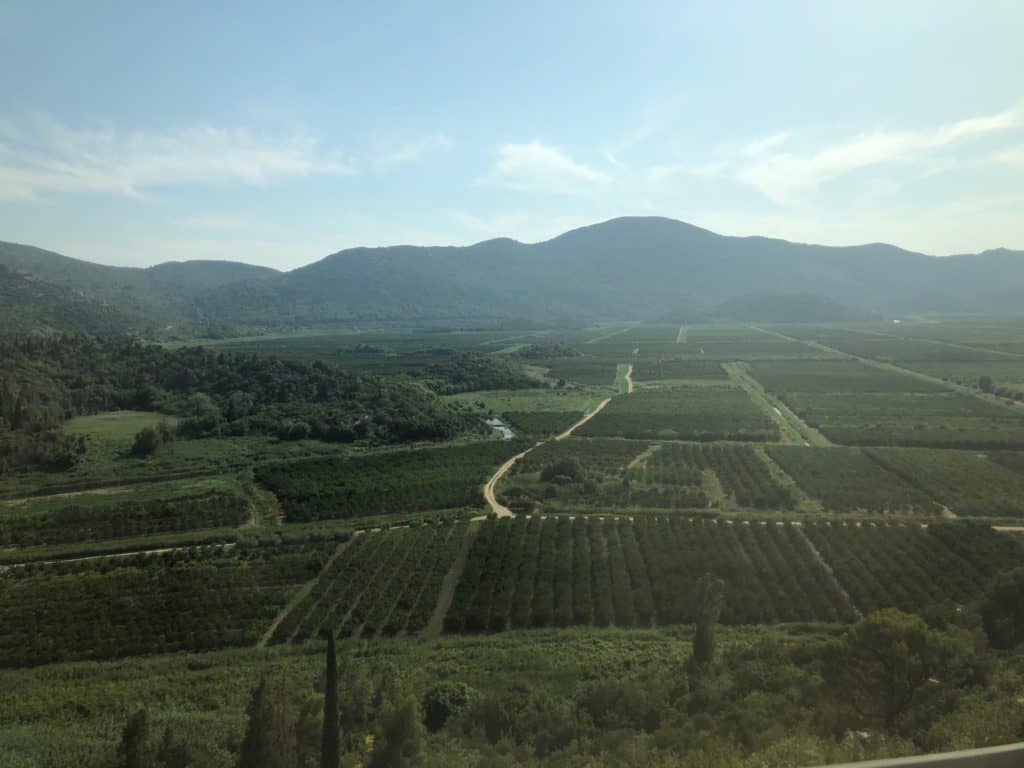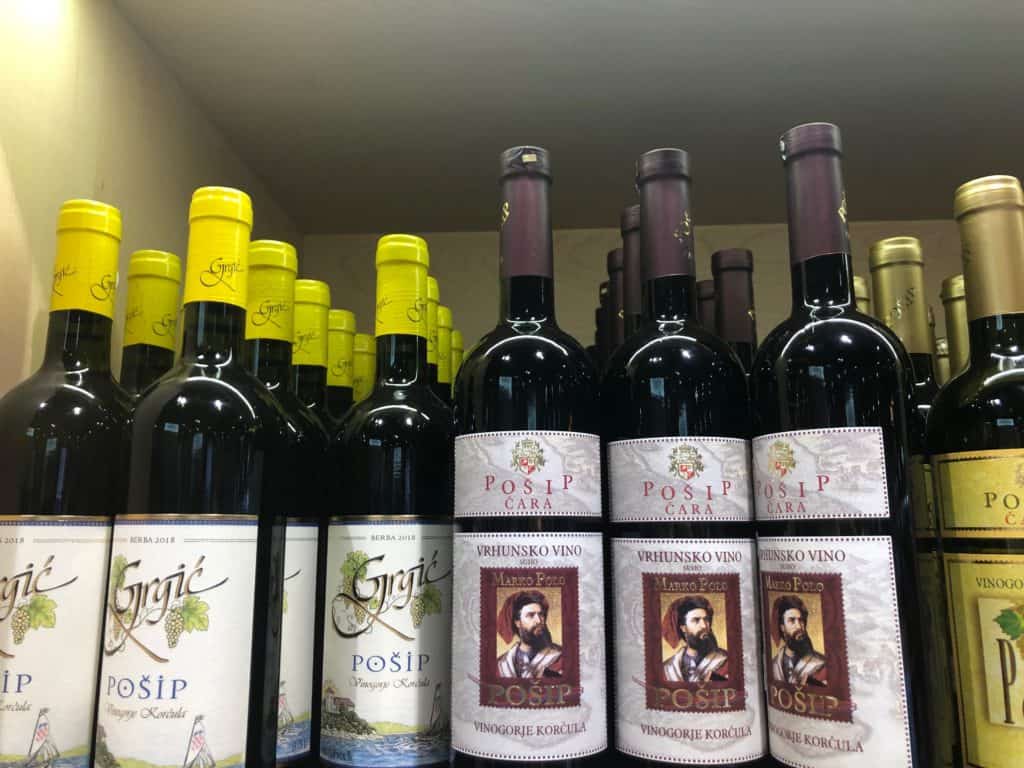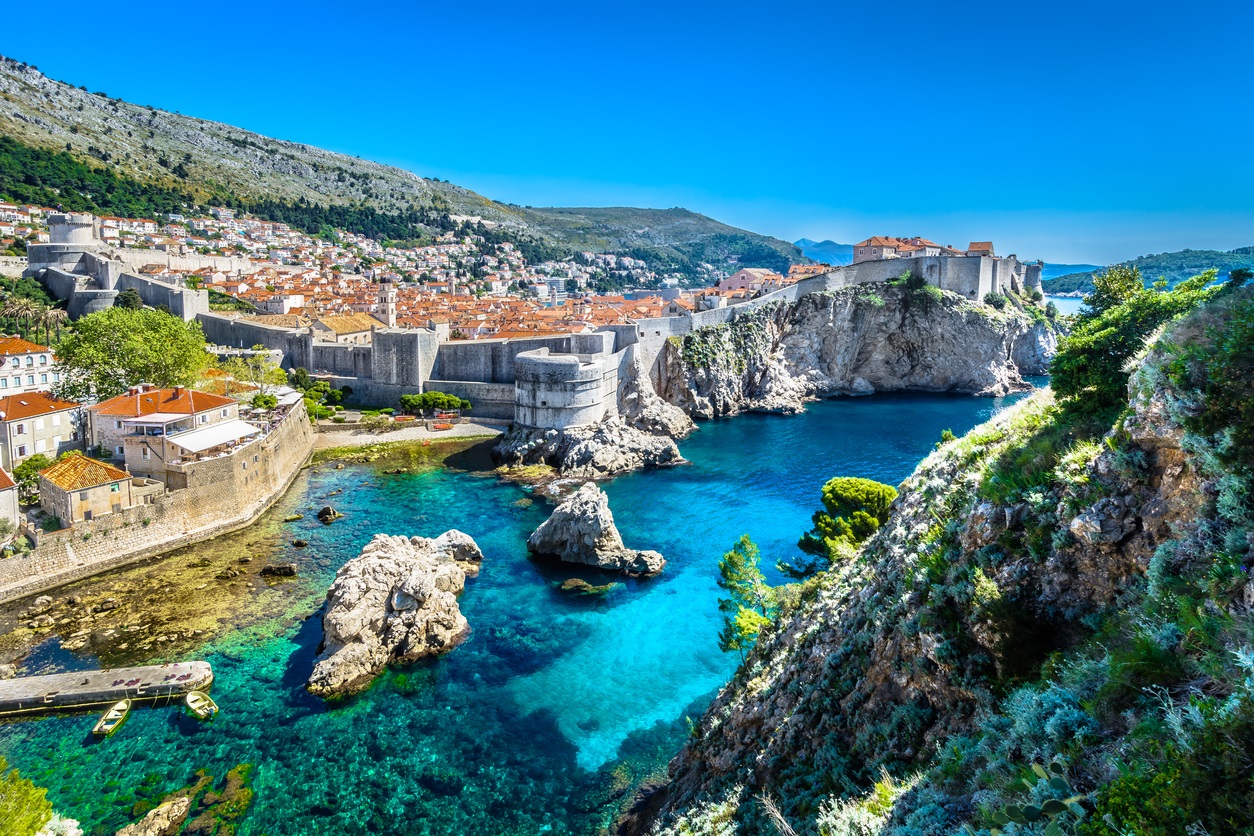Croatia evokes visions of pebbly, windswept beaches, and famous medieval towns like Dubrovnik and Split. Often called the Pearl of the Adriatic, shows like Game of Thrones have really put the nation on the map as a busy tourist destination. But despite the fact that tourism is booming, Croatian wine is relatively new to the international market. Many wine aficionados have never even had the chance to sample it — here’s why.
Croatia doesn’t really export their wine
The country’s rocky soil is especially conducive to wine production, but harvests are small, so the country barely exports its wines. And while Croatian winemaking has a long history going back to Greek and Roman times, a combination of wars and Phylloxera (a grapevine pest) significantly reduced the number of vineyards in the country’s four main regions (Uplands, Slavonia/Danube, Istria/Kvarner and the Dalmatia coastal region). This means there isn’t enough leftover wine to export once the country’s bars, restaurants, and supermarkets have stocked their shelves.
RELATED: 10 Best Things To Do in Dubrovnik Croatia: Medieval Wine Tasting and More

“We, here in Croatia don’t harvest a surplus of wine. Limited amounts are produced and we love our wine. We want to share it with the world, but there’s barely enough for us here inside the country, especially with the recent influx of tourists,” explained the bartender at Razonoda, a wine bar in Dubrovnik. There, I sampled some varieties from the nearby Peljesac Peninsula in Dalmatia, one of the most revered Croatian wine regions.

You’ll have to visit Croatia to sample their wines
So what to do? You’ll just have to visit Croatia, try the wine there and take as many bottles home as possible – at least until their production levels and exports can keep up with international demand. With over 130 different grape varieties (40 of which are used for winemaking), you definitely won’t leave Croatia thirsty.
RELATED: Visit Croatia’s Underwater Winery and Have a Scuba Diving Experience
For wine-obsessed travelers planning a trip to Dubrovnik, head out of the walled medieval city to wine taste and explore the Peljesac Peninsula. Many of the best wineries are a short drive away from the city itself. Wine tasting can easily be combined with a hilly hike, visit to a quaint village, or an afternoon at a picturesque beach. Another option for wine and adventure enthusiasts is to take a guided, wine-focused day tour of the countryside so you don’t need to worry about driving.
The Peljesac region is the perfect spot to wine taste
The seaside Peljesac region receives a unique amount of sunlight reflecting on the sea, land, and clouds, with a sea breeze, contributing to the creation of a dry micro-system. The dryness and heat help the grapes grow in stony soil. Some of the more famous wines like Dingac and Postup come from these seaside wineries with stonier soil. The wines themselves take their name after the places where they are found or the grapes they’re harvested from.
One of the most well-known grapes in Dalmatia’s Plejesac region is the Plavac Mali, which produces a deep red wine with a rather high alcohol content (13-15% ABV).
Taste and tour around the walled village of Ston. Here, you can admire the steep vineyards built on a 45-degree incline overlooking the sea. The area is also famous for oysters, so you can sample some of those too. Make sure to visit Croatian wineries like Grgic, Milos, and Marlais. Each has its own history and charm.
RELATED: 5 Wine Luxury Destinations & Experiences To Have in Croatia

Another interesting wine in the region is Pošip. These grapes were originally grown on the island of Korcula, but are now harvested all along the Dalmatian coast. Grk grapes are also indigenous to Korcula and are known as feminine grapes. This is due to their necessity to pollinate from other grape varieties in order to grow — and they have flowers. The resulting Grk wine, which is white, is typically tart or bitter to the taste.
Kormarna is a unique area in Peljesac where all the producers make organic wine. Stop to sip at Rizman Winery, which makes healthy and eco-friendly wine harvested from the Plavac Mali and Pošip grapes.
Don’t forget to take some home
Since it’s much harder to buy the wines you’ve tasted outside of Croatia, plan to take some home. The best way to do so is using the Winetraveler-approved Vino Voyage TSA-Approved Wine Suitcase or the VinGardeValise Grande 12 Bottle Wine Travel Suitcase if you plan to bring home a full suitcase of bottles. For just a few, consider a Neoprene Bottle Protector, which holds two bottles and can fit in a suitcase. For just a bottle, try the WineSkin, which lays flat in your suitcase until you blow it up to protect a bottle.
More Ways To Explore Europe Through Wine
8 Unique and Unusual Wineries To Visit Around The World
10 Exciting Places To Spend New Years in Europe This Year
Visit These Charming Spots in Spain If You Love Food & Wine
8 Amazing Fall Destinations in Europe For Wine Lovers
Top Things To Do in Vienna Austria
Top Things To Do in Tel Aviv Israel
Your Guide To Bangkok’s Street Food Scene
